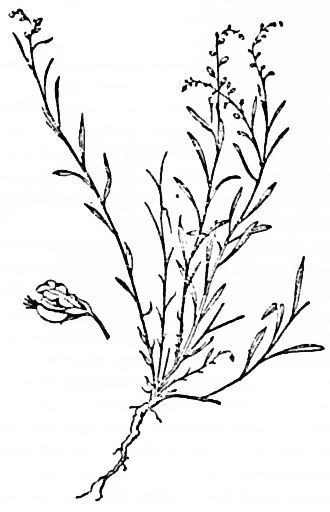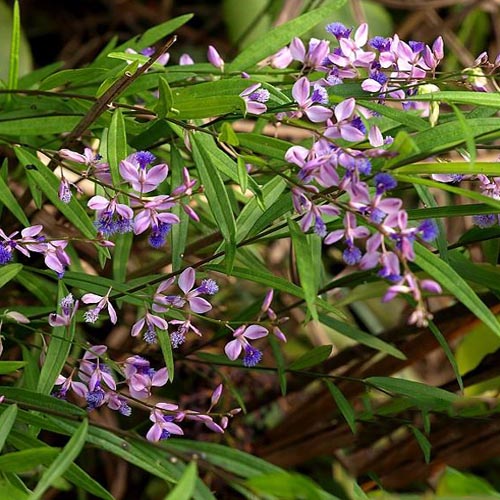[1] Barefoot Doctor's Manual- 1977 Prepared
by the Revolutionary Health Committee of Hunan Province. Original Chinese manual-
Victor W. Sidel. Originally published by Dr Joseph Quin and the Fogarty International
centre, Bethdesda (1974). Madrona Publishers Seattle Washington ISBN 0-914842-52-8
[2] A Complete English Dictionary of Medicinal Terms in Chinese Acupuncture
and Herbalism 1981 - Henry Lu Chinese Foundations of Natural Health- The Academy
of Oriental Heritage, Vancouver, Canada.
Images
1.
novoherb.com
2.
[1]
3.
onefoottsunami.com HABITAT:
HABITAT:  Polygala
tenuifolia. P. sibirica 远
志 Yuǎn zhì Siberian milkwort
Family: Polygalaceae
Polygala
tenuifolia. P. sibirica 远
志 Yuǎn zhì Siberian milkwort
Family: Polygalaceae

 HABITAT: Found growing wild along hillsides, roadsides, and meadows.
HABITAT: Found growing wild along hillsides, roadsides, and meadows.